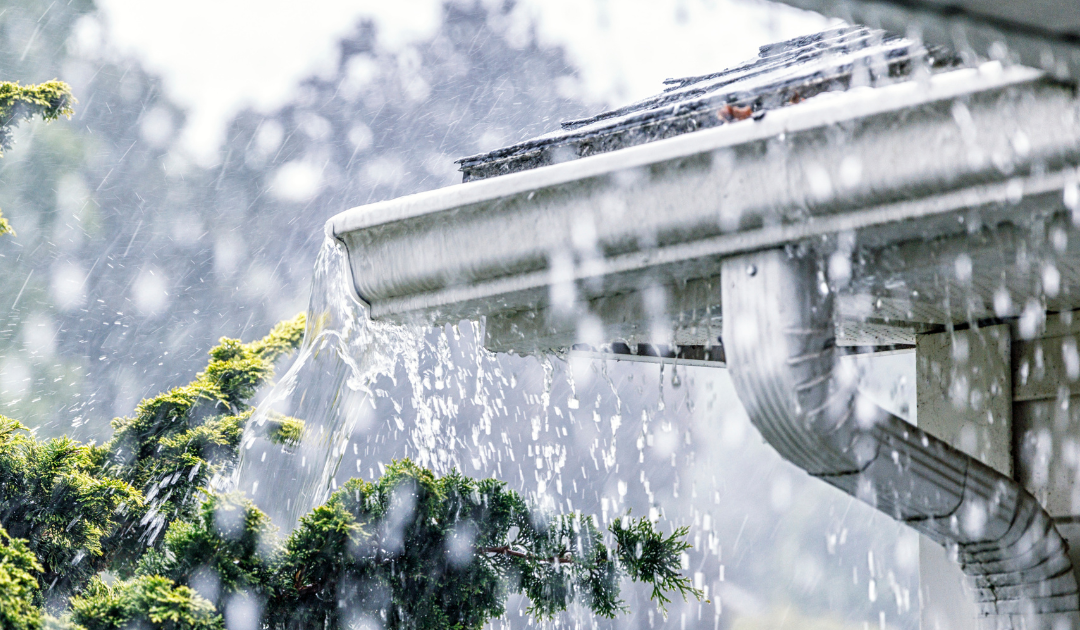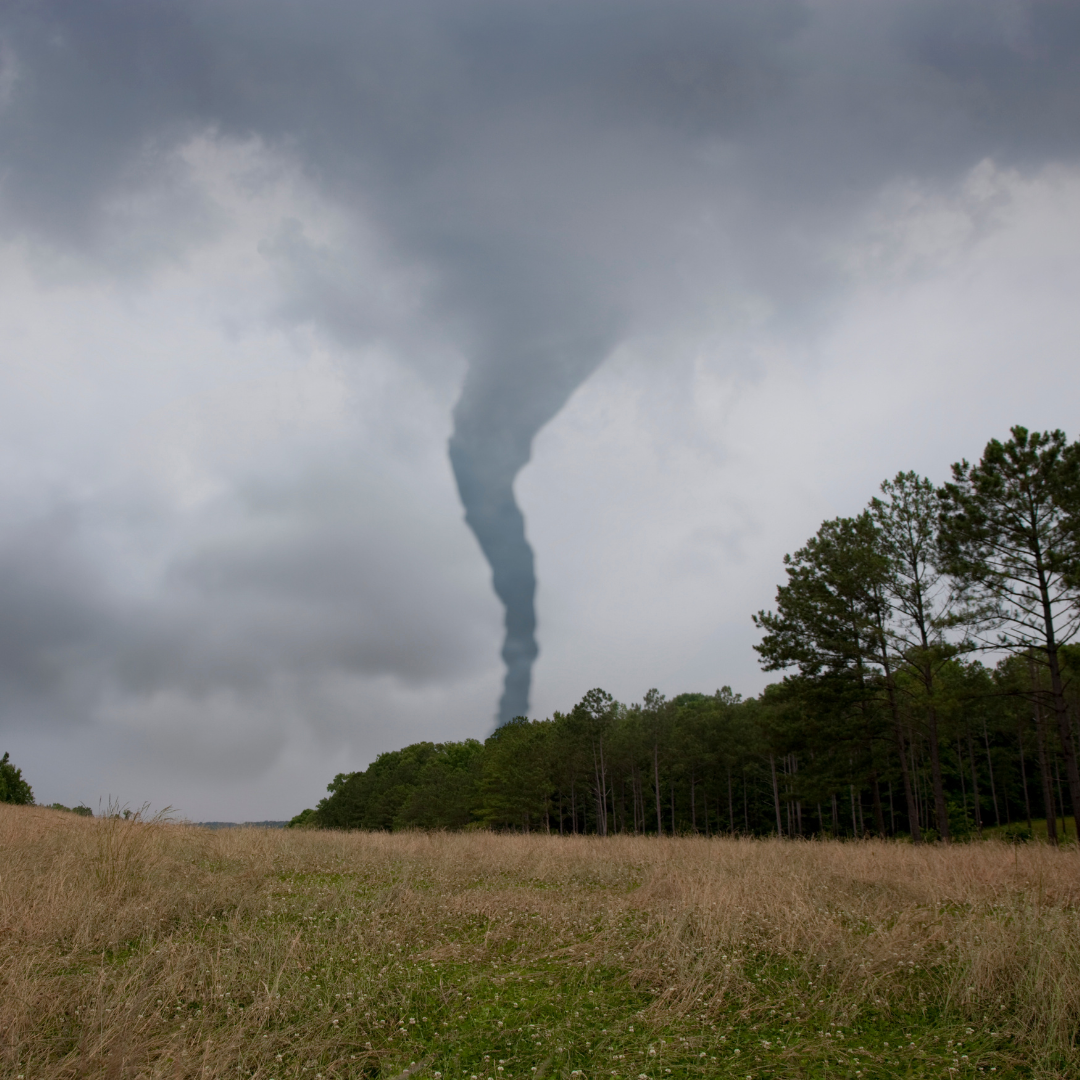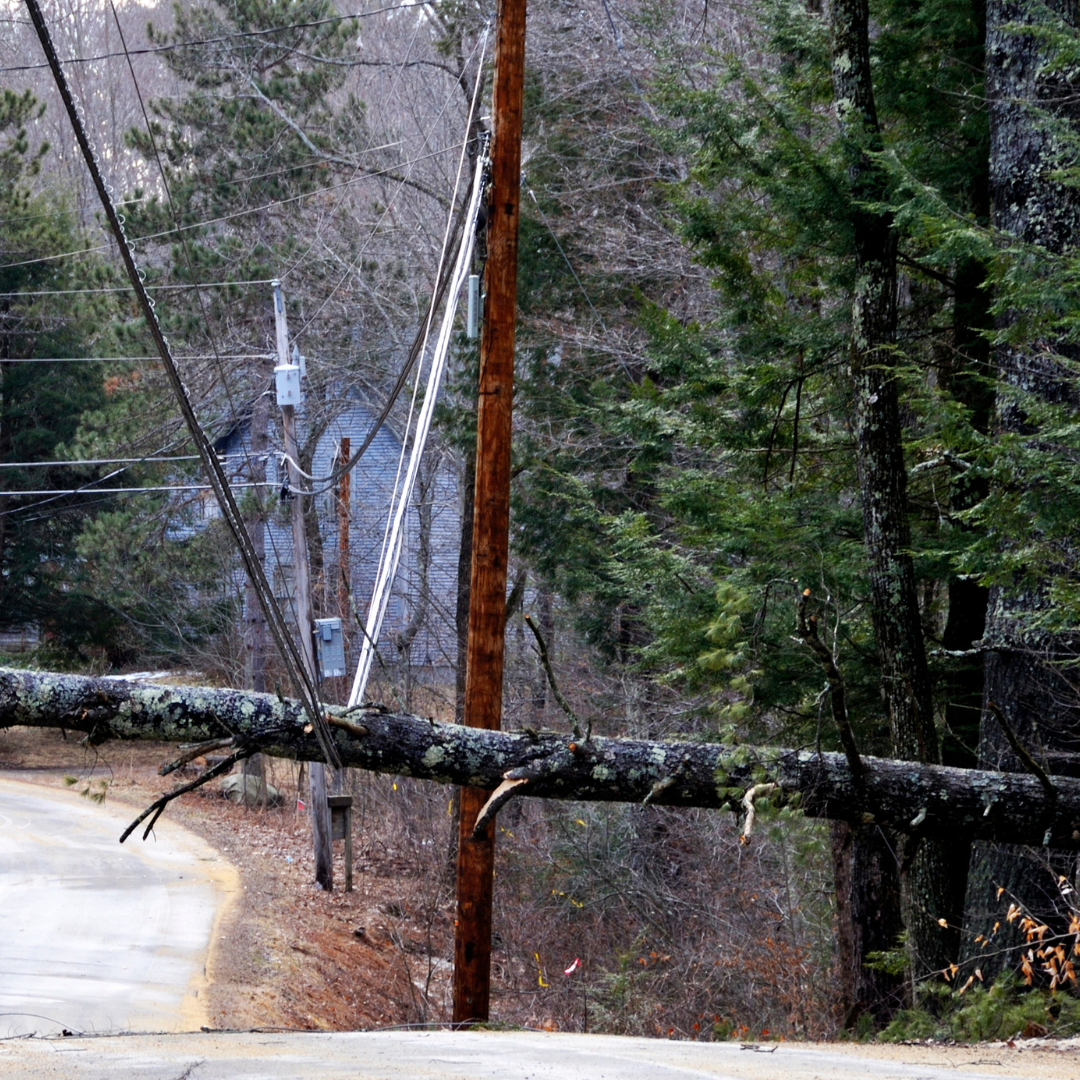Be Prepared for Spring Storms

(Ozark, Ar) Spring can bring quite an array of weather-related dangers to the United States. Help your family stay safe this spring by learning key safety steps and making preparations.
“What you learn now can be a lifesaver later,” says Erin Hollinshead, executive director of the Energy Education Council and its Safe Electricity program. “Preparation is a key step in keeping your family safe when severe weather strikes.”
To help with any emergency, create a family communication plan with an easy-to-access list of emergency contact information, evacuation routes, and with a few safe places to meet in case you get separated.
Put together supplies for an emergency kit. Your emergency preparedness kit should include enough water and food for three days, a flashlight, batteries, blankets, and a first aid kit. A full list of suggested items can be found at SafeElectricity.org.
This kit will also be of help if the power goes out. When the power goes out, Safe Electricity suggests you:
- Check to see if your neighbors have power, and if not, then contact your electric utility immediately to report the outage.
- Use safe alternative food preparations. If using a grill, always do so outside.
- Turn off electrical appliances and unplug major electronics, including computers and televisions. This will help protect your electronics and help the utility by reducing the electric load that must be picked back up when power is first restored. Leave one light on to indicate that power has been restored.
Also, check the forecast and hazardous weather outlook regularly. Watches and warnings are issued by county and reference most cities. A watch indicates there is the possibility of storms in your area. A warning means a storm has been reported or is imminent and you should take cover. If you are called to evacuate your home in the face of severe weather, do so immediately to ensure your safety.
Plan ahead so you do not get caught outside in a storm. Lightning can strike up to 10 miles from the area in which it is raining, even if you do not see clouds. If you can hear thunder, you are within striking distance.
If you are inside when a storm hits, stay inside. Keep away from windows and go to the lowest level of your home. If you do get caught outdoors during a storm and are unable to get into a safe building, take shelter in an enclosed vehicle with a hard-top roof—not an open-frame vehicle like a convertible.
If you are outside during a tornado and you cannot find shelter, do not take cover in a vehicle or under a highway overpass. Find a ditch or ravine, lie flat, and clasp your hands behind your head to protect yourself from flying debris.
Just because a severe storm ended, flood receded, or wildfire extinguished does not mean the danger has passed. A variety of hazards can be left behind.
 “Never touch downed power lines or objects in contact with those lines. Just because power lines are damaged does not mean that they are dead,” warns Hollinshead.
“Never touch downed power lines or objects in contact with those lines. Just because power lines are damaged does not mean that they are dead,” warns Hollinshead.
Touching a downed line or anything it has fallen on, like a fence or a tree limb, could get you injured or even killed. Stay away, and instruct others to do the same. If you come across downed power lines, call 911 to notify emergency personnel and the utility immediately. During flooding, if there is any chance that flood waters could be energized from contact with electrical equipment inside or outside the home, do not enter the area.
For more safety tips, please visit SafeElectricity.org.